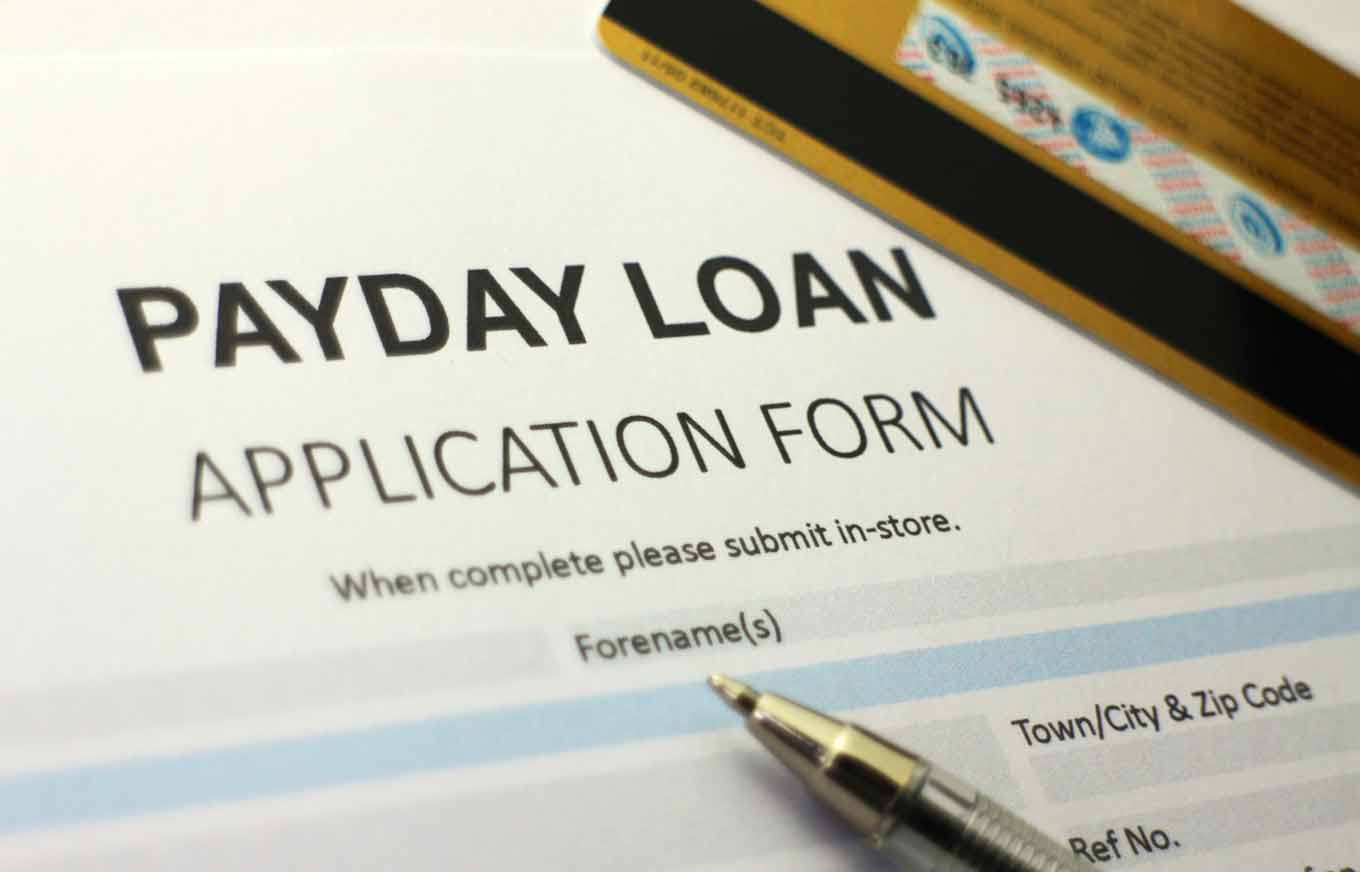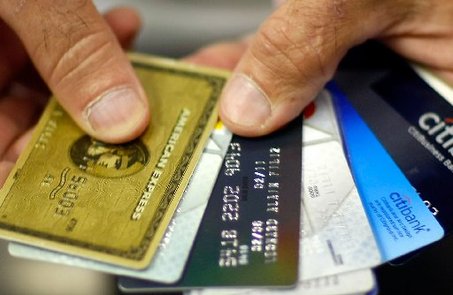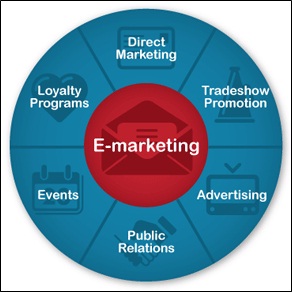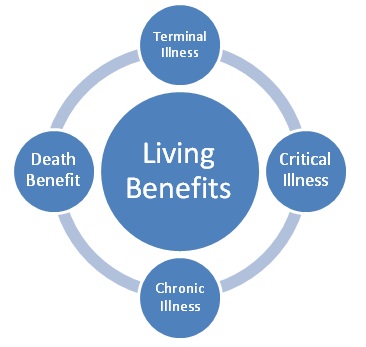Commercial real estate (CRE) is income-producing real estate that is used solely for business purposes, such as retail centers, office complexes, hotels and apartments. Financing – including the acquisition, development and construction of these properties – is typically accomplished through commercial real estate loans: mortgage loans secured byliens on commercial, rather than residential, property.
Just as with residential loans, banks and independent lenders are actively involved in making loans on commercial real estate. In addition, insurance companies, pension funds, private investors and other capital sources, including the U.S. Small Business Administration’s 504 Loan program, make loans for commercial real estate.
Here, we take a look at commercial real estate loans: how they differ from residential loans, their characteristics and what lenders look for.
Individuals vs. Entities
While residential mortgages are typically made to individual borrowers, commercial real estate loans are often made to business entities (e.g., corporations, developers, partnerships, funds and trusts). These entities are often formed for the specific purpose of owning commercial real estate.
An entity may not have a financial track record or any credit history, in which case the lender may require the principals or owners of the entity to guarantee the loan. This provides the lender with an individual (or group of individuals) with a credit history and/or financial track record – and from whom they can recover in the event of loan default. If this type of guaranty is not required by the lender, and the property is the only means of recovery in the event of loan default, the loan is called a non-recourse loan, meaning that the lender has no recourse against anyone or anything other than the property.
Loan Repayment Schedules
A residential mortgage is a type of amortized loan in which the debt is repaid in regular installments over a period of time. The most popular residential mortgage product is the 30-year fixed-rate mortgage. Residential buyers have other options, as well, including 25-year and 15-year mortgages. Longer amortization periods typically involve smaller monthly payments and higher total interest costs over the life of the loan, while shorter amortization periods generally entail larger monthly payments and lower total interest costs. Residential loans are amortized over the life of the loan so that the loan is fully repaid at the end of the loan term. A borrower with a $200,000 30-year fixed-rate mortgage at 5%, for example, would make 360 monthly payments of $1,073.64, after which the loan would be fully repaid.
Unlike residential loans, the terms of commercial loans typically range from five years (or less) to 20 years, and the amortization period is often longer than the term of the loan. A lender, for example, might make a commercial loan for a term of seven years with an amortization period of 30 years. In this situation, the investor would make payments for seven years of an amount based on the loan being paid off over 30 years, followed by one final “balloon” payment of the entire remaining balance on the loan. For example, an investor with a $1 million commercial loan at 7% would make monthly payments of $6,653.02 for seven years, followed by a final balloon payment of $918,127.64 that would pay off the loan in full.
The length of the loan term and the amortization period will affect the rate the lender charges. Depending on the investor’s credit strength, these terms may be negotiable. In general, the longer the loan repayment schedule, the higher the interest rate.
Loan-to-Value Ratios
Another way that commercial and residential loans differ is in the loan-to-value ratio (LTV): a figure that measures the value of a loan against the value of the property. A lender calculates LTV by dividing the amount of the loan by the lesser of the property’s appraised value or purchase price. For example, the LTV for a $90,000 loan on a $100,000 property would be 90% ($90,000 ÷ $100,000 = 0.9, or 90%).
For both commercial and residential loans, borrowers with lower LTVs will generally qualify for more favorable financing rates than those with higher LTVs. The reason: They have more equity (or stake) in the property, which equals less risk in the eyes of the lender.
High LTVs are allowed for certain residential mortgages: Up to 100% LTV is allowed for VA and USDA loans; up to 96.5% for FHA loans (loans that are insured by the Federal Housing Administration); and up to 95% for conventional loans (those guaranteed by Fannie Mae or Freddie Mac).
Commercial loan LTVs, in contrast, generally fall into the 65% to 80% range. While some loans may be made at higher LTVs, they are less common. The specific LTV often depends on the loan category. For example, a maximum LTV of 65% may be allowed for raw land, while an LTV of up to 80% might be acceptable for a multifamily construction. There are no VA or FHA programs in commercial lending, and no private mortgage insurance. Therefore, lenders have no insurance to cover borrower default and must rely on the real property pledged as security.
Note: Private mortgage insurance (PMI) is a type of insurance policy that protects lenders from the risk of default and foreclosure, allowing buyers who are unable to make a significant down payment (or choose to not to) to obtain mortgage financing at affordable rates. If a borrower purchases a residential property and puts down less than 20%, the lender will minimize its risk by requiring the borrower to buy insurance from a PMI company. See How To Get Rid Of Private Mortgage Insurance.
Debt-Service Coverage Ratio
Commercial lenders also look at the debt-service coverage ratio (DSCR), which compares a property’s annual net operating income (NOI) to its annual mortgage debt service (including principal and interest), measuring the property’s ability to service its debt. It is calculated by dividing the NOI by the annual debt service. For example, a property with $140,000 in NOI and $100,000 in annual mortgage debt service would have a DSCR of 1.40 ($140,000 ÷ $100,000 = 1.4). The ratio helps lenders determine the maximum loan size based on the cash flow generated by the property.
A DSCR of less than 1 indicates a negative cash flow. For example, a DSCR of .92 means that there is only enough NOI to cover 92% of annual debt service. In general, commercial lenders look for DSCRs of at least 1.25 to ensure adequate cash flow. A lower DSCR may be acceptable for loans with shorter amortization periods and/or properties with stable cash flows. Higher ratios may be required for properties with volatile cash flows – for example, hotels, which lack the long-term (and therefore, more predictable) tenant leases common to other types of commercial real estate.
Interest Rates and Fees
Interest rates on commercial loans are generally higher than on residential loans. In addition, commercial real estate loans usually involve fees that add to the overall cost of the loan, including appraisal, legal, loan application, loan origination and/or survey fees. Some costs must be paid up front before the loan is approved (or rejected), while others apply annually. For example, a loan may have a one-time loan origination fee of 1%, due at the time of closing, and an annual fee of one quarter of one percent (0.25%) until the loan is fully paid. A $1 million loan, for example, might require a 1% loan origination fee equal to $10,000 to be paid up front, with a 0.25% fee of $2,500 paid annually (in addition to interest).
Prepayment
A commercial real estate loan may have restrictions on prepayment, designed to preserve the lender’s anticipated yield on a loan. If the investors settle a debt before the loan’s maturity date, they will likely have to pay prepayment penalties. There are four primary types of “exit” penalties for paying off a loan early:
Prepayment Penalty. This is the most basic prepayment penalty, calculated by multiplying the current outstanding balance by a specified prepayment penalty.
Interest Guarantee. The lender is entitled to a specified amount of interest, even if the loan is paid off early. For example, a loan may have a 10% interest rate guaranteed for 60 months, with a 5% exit fee after that.
Lockout. The borrower cannot pay off the loan before a specified period of time, such as a 5-year lockout.
Defeasance. A substitution of collateral. Instead of paying cash to the lender, the borrower exchanges new collateral (usually Treasury securities) for the original loan collateral. High penalties can be attached to this method of paying off a loan.
Prepayment terms are identified in the loan documents and can be negotiated along with other loan terms in commercial real estate loans. Options should be understood ahead of time and evaluated before paying off a loan early.
The Bottom Line
With commercial real estate, it is usually an investor (often a business entity) that purchases the property, leases out space and collects rent from the businesses that operate within the property: The investment is intended to be an income-producing property.
When evaluating commercial real estate loans, lenders consider the loan’s collateral; the creditworthiness of the entity (or principals/owners), including three to five years of financial statements and income tax returns; and financial ratios, such as the loan-to-value ratio and the debt-service coverage ratio. For more information, read 7 Steps To A Hot Commercial Real Estate Deal and Find Fortune In Commercial Real Estate.






















